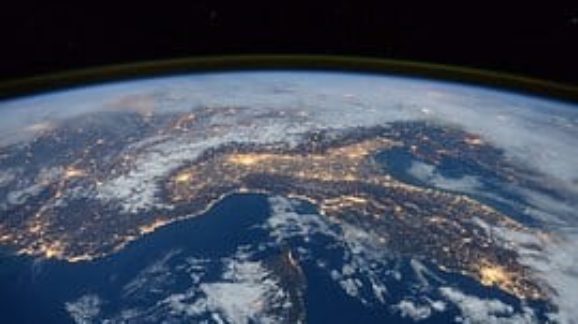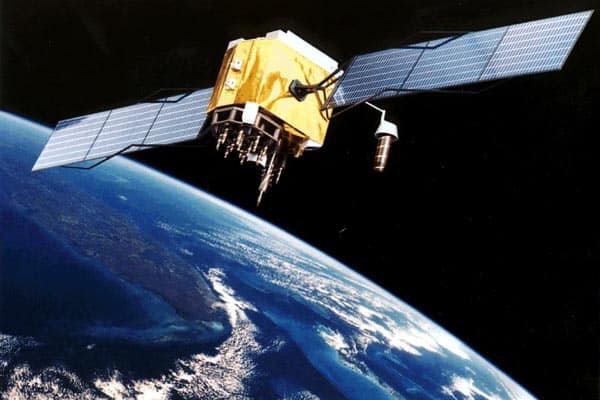The Montreal Protocol—Did it Really Make a Difference?

 An executive summary of the latest scientific compendium on ozone depletion, the Scientific Assessment of Ozone Depletion: 2018 is now out. The report was released in conjunction with the major meeting of the parties to the Montreal Protocol on Substances That Deplete the Ozone Layer (Montreal Protocol), currently underway in Quito, Ecuador. As usual, the report was spun by NASA as proof that the stratospheric ozone layer is now healing thanks to the Montreal Protocol’s ban on the offending chemicals, and this was the take repeated by the media. However, the actual report contains evidence suggesting otherwise.
An executive summary of the latest scientific compendium on ozone depletion, the Scientific Assessment of Ozone Depletion: 2018 is now out. The report was released in conjunction with the major meeting of the parties to the Montreal Protocol on Substances That Deplete the Ozone Layer (Montreal Protocol), currently underway in Quito, Ecuador. As usual, the report was spun by NASA as proof that the stratospheric ozone layer is now healing thanks to the Montreal Protocol’s ban on the offending chemicals, and this was the take repeated by the media. However, the actual report contains evidence suggesting otherwise.
In 1996, the Montreal Protocol banned many widely-used refrigerants due to fears that they were leaking into the air and contributing to erosion of the earth’s ozone layer, which protects us from excessive ultraviolet radiation. Thus, with the ban on these chemicals taking effect, the ozone layer should have strengthened—and make the high costs of the phaseout well worth it.
But there’s a problem—it hasn’t strengthened. The study concedes that “[n]o significant trend has been detected in global (60°S–60°N) total column ozone over the 1997–2016 period….” In other words, despite the banned chemicals disappearing from the environment, the global ozone layer has remained unaffected over the last two decades.
The case for banning these compounds, once widely used in refrigeration and air conditioning, appears to have been overstated. It is important to keep this in mind, since the parties to the Montreal Protocol are seeking to expand the treaty by adopting the Kigali Amendment to restrict still more refrigerants, this time on the grounds that they contribute to global warming.